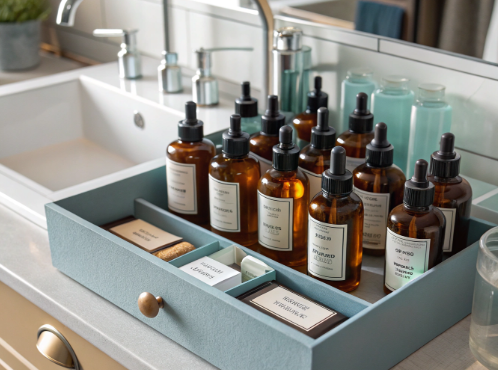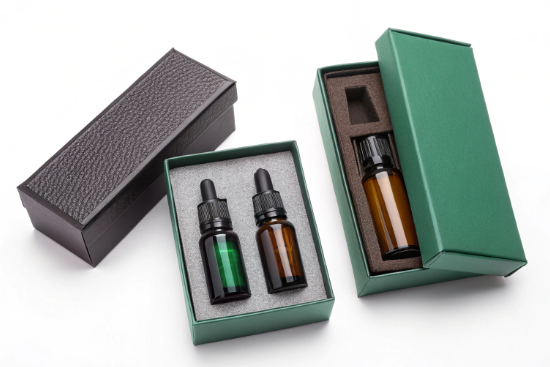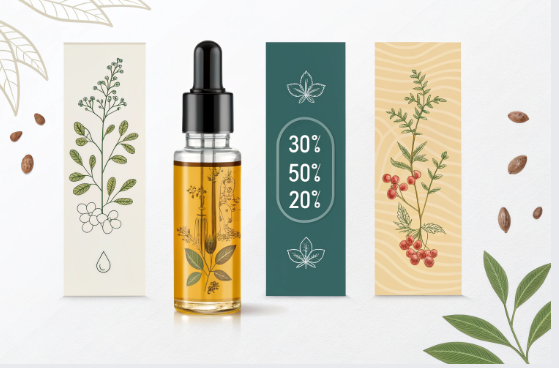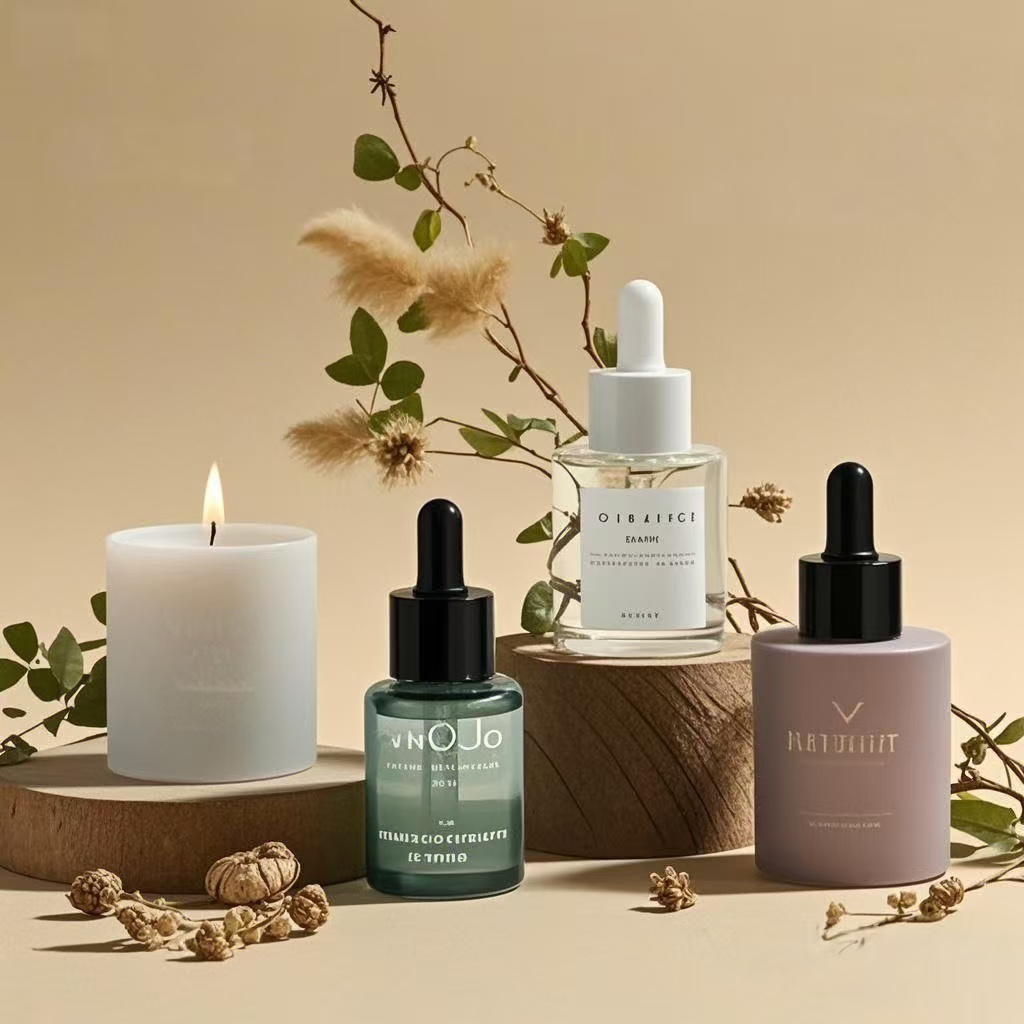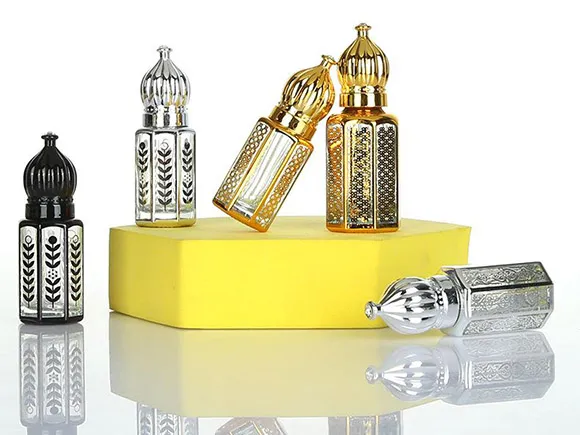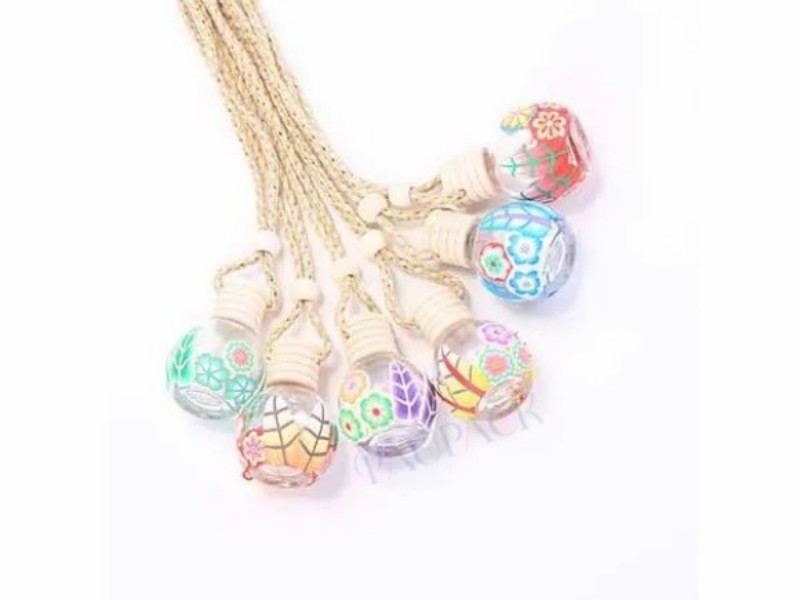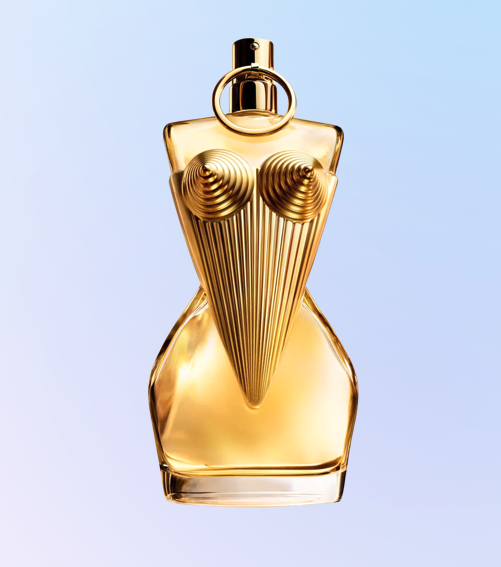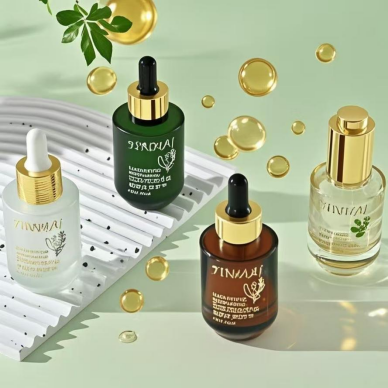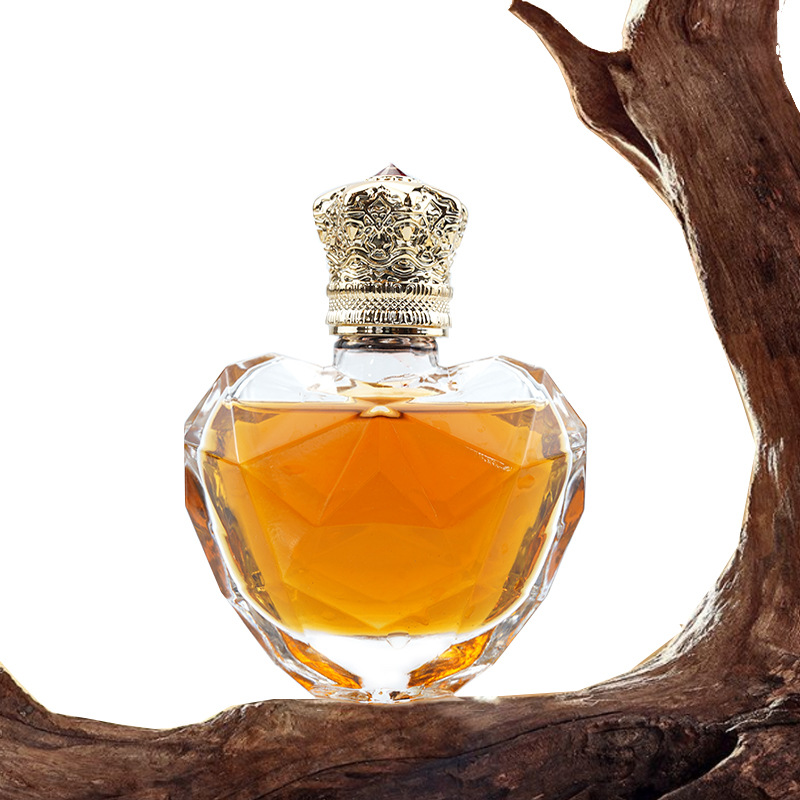Your essential oil formula might be magic—but if the packaging doesn’t wow on the shelf or protect during shipping, your product’s full potential won’t shine.
The best essential oil box packaging combines protective structure, aesthetic design, and material compatibility—crafted with brand identity, shipping safety, and retail presence in mind.
At PauPack, we help wellness and beauty brands create custom essential oil boxes that not only protect the bottle but also elevate the brand story. Let’s dive into how to make packaging that performs and sells.
What is the best packaging for essential oils?
The bottle is only half the story. Without the right outer packaging, your oils are exposed to light, pressure, and brand invisibility.
The best packaging for essential oils includes UV-protected glass bottles paired with custom-fit boxes made of eco-friendly, rigid materials, featuring inserts that prevent movement and protect against light and impact.
Dive Deeper: 3 Keys to Perfect Oil Packaging
1. Bottle Integrity
-
Use amber or cobalt blue glass for UV protection.
-
Choose leak-proof caps: droppers, rollers, or pumps depending on use.
2. Structural Box Design
-
Use rigid cardboard or Kraft board with internal support.
-
Add EVA foam, pulp inserts, or molded trays to cradle each bottle securely.
3. Visual Impact
-
Custom print the box with brand elements.
-
Include product descriptions, scent profiles, usage instructions, and regulatory info.
At PauPack, we specialize in low-MOQ custom essential oil boxes, with branding services that help even boutique brands stand out. Our boxes are designed to fit 1, 3, 6, or 12-bottle sets—perfect for both eCommerce and retail display.
What is the best packaging material for oil?
Oil is slippery, aromatic, and often sensitive to light—so material choice matters a lot.
The best packaging material for oils combines UV protection, leak resistance, and chemical stability—typically amber glass for the bottle, and rigid paperboard or Kraft for the outer box.
Dive Deeper: Matching Materials to Oil Types
| Component | Material | Why It’s Best |
|---|---|---|
| Bottle | Amber glass | Highest UV protection, no chemical leaching |
| Cap | PP or aluminum | Resists essential oil corrosion |
| Inner Seal | PE foam or Teflon-lined | Prevents leakage |
| Box | Kraft board or rigid cardboard | Eco-friendly, shock absorbent, printable |
| Insert | EVA foam, molded pulp, cardboard dividers | Prevents bottle movement and breakage |
At PauPack, we combine sustainability with luxury—offering biodegradable board boxes with magnetic closures, recyclable trays, and FSC-certified packaging for eco-conscious beauty and wellness brands.
What is the 30 50 20 rule for essential oils?
This golden ratio isn’t just about mixing scents—it influences how you label, store, and design your packaging.
The 30/50/20 rule is a scent-blending guide for essential oils: 30% top notes, 50% middle notes, and 20% base notes to create a balanced, lasting aroma.
Dive Deeper: How Blending Affects Your Packaging
-
Top notes evaporate faster—so packaging needs airtight seals.
-
Middle notes hold the formula’s character—so UV protection is essential.
-
Base notes linger longest—so customers expect a well-preserved finish.
This rule also helps determine how to list ingredients and market product benefits:
-
Use icons or illustrations to showcase scent layering.
-
Organize gift sets by “top-mid-base” profiles.
-
Educate customers on blends via custom inserts inside your boxes.
PauPack provides in-box brochures, blend info cards, and scent maps that enhance the unboxing experience and educate your customer—turning first-time buyers into loyal fans.
What plastic is best for essential oils?
If glass isn't an option, or if your blend is diluted, plastic might be on the table. But not just any plastic will do.
The best plastics for essential oils are PET, HDPE, and PP—these materials are chemically resistant and safe for diluted oil formulations when properly stored.
Dive Deeper: Plastic Use for Oils—When and How?
| Plastic Type | Safe For Oils? | Notes |
|---|---|---|
| PET | ✅ | Best for travel sprays, short-term use |
| HDPE | ✅ | Opaque, strong, for industrial or cleaning blends |
| PP | ✅ | Used for caps, sprayers, and droppers |
| LDPE | ⚠️ | Only for light dilution; porous |
| PVC / PS | ❌ | Not chemically stable with oils |
PauPack offers oil-safe PET bottles with sprayers or pumps for diluted oil mists, room sprays, and travel kits. For brands needing plastic formats, we ensure compatibility through lab testing and tight tolerance matching between cap and bottle.
Conclusion
The best essential oil packaging starts with UV-safe bottles and ends with beautifully structured boxes that protect, inform, and impress. At PauPack, we deliver oil-safe materials, custom box engineering, and low-MOQ brand solutions that bring your packaging vision to life—one drop at a time.



